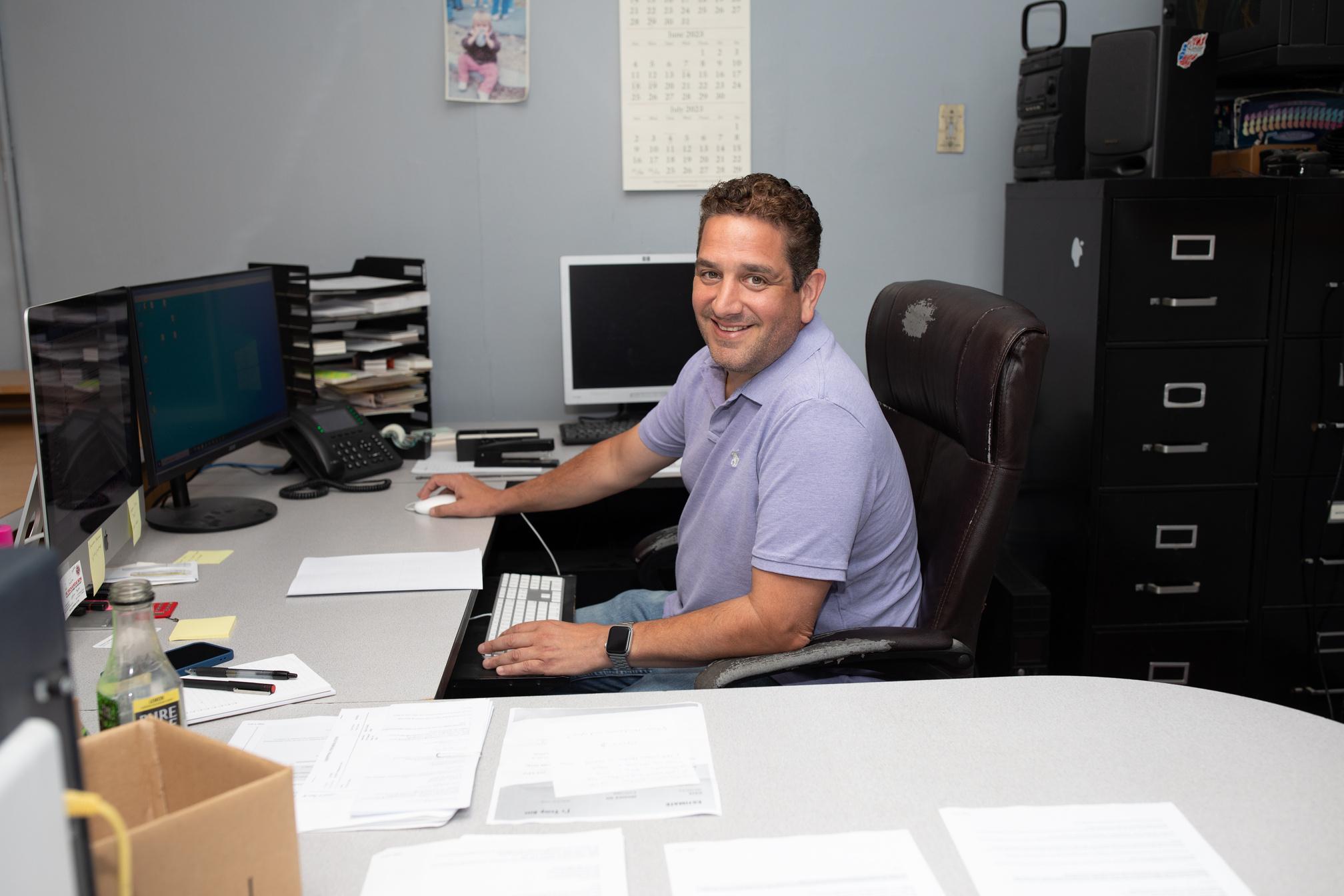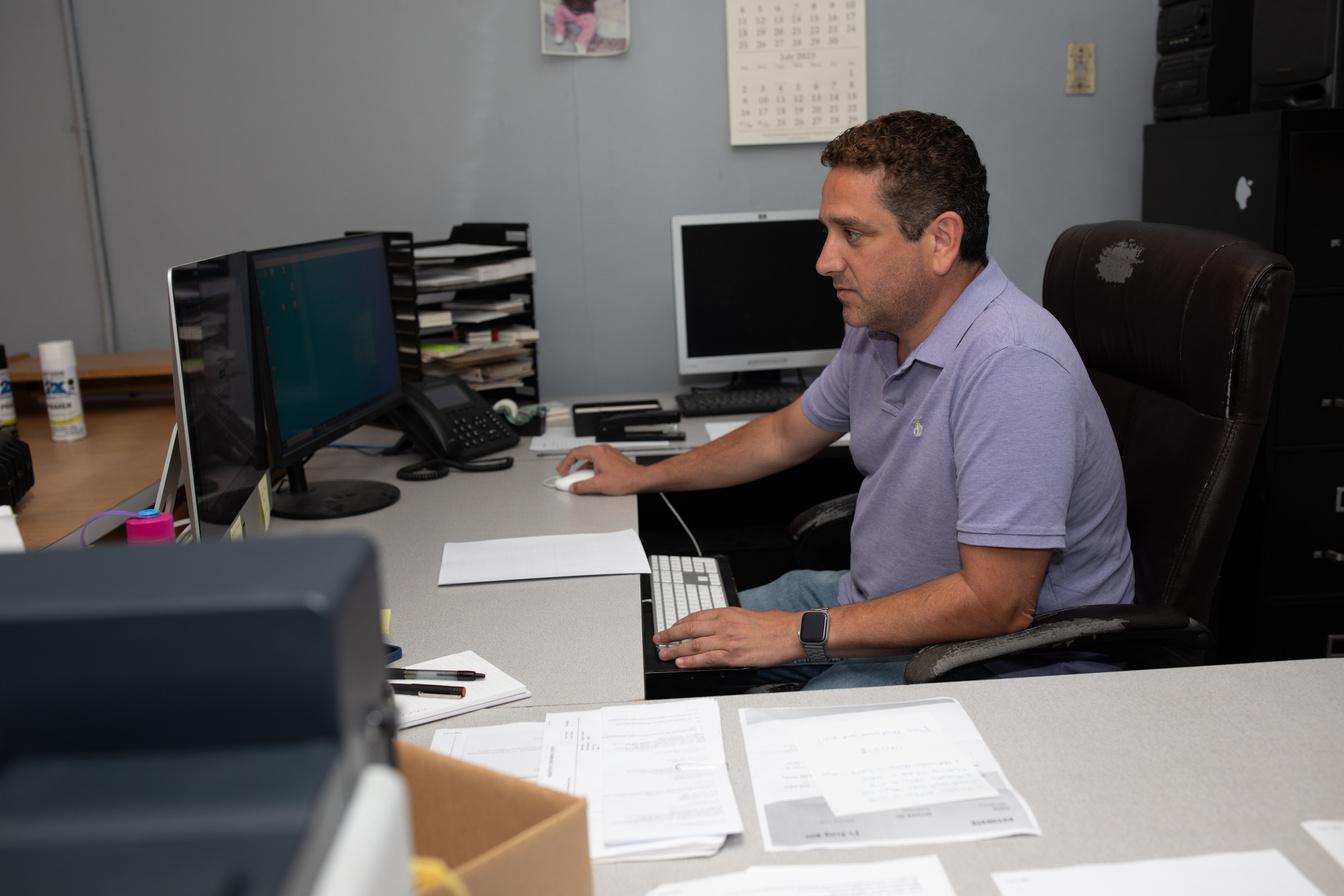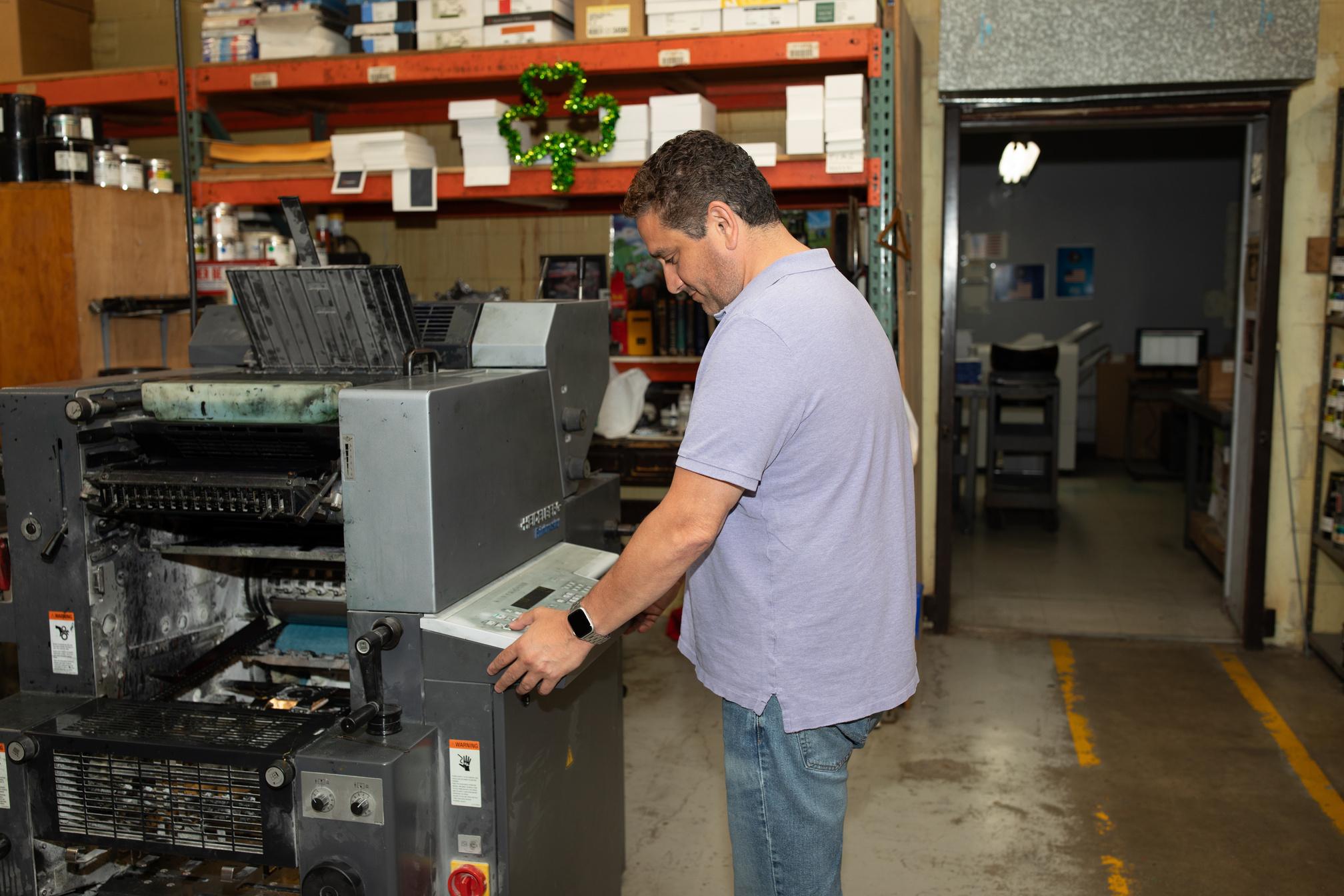
3 minute read
Printing Money
By Samantha Wuestman
From forging his own path in advertising to becoming the CEO of a multi-generational business, Richard Forelli has ridden the wave of the rising tide of change. Mutual Engraving has been serving the Tri-State area of the east coast since 1945. Today they work side by side with Fortune 500 companies to create a memorable array of printed materials for business owners. We sat down with Rich to find out how he's been able to revolutionize his business and lead it through the highs and lows of the 21st Century.
Advertisement
Tell me about your business. What services do you provide?
Established in 1945, Mutual Engraving Company, Inc. is a full-service Commercial Printing Company that specializes in highend corporate stationery and business cards with its roots based in elaborate wedding invitations and Announcements. Our main customer base is Fortune 500 companies based in the Tri-State area including an extensive roster of law firms, tech companies, and advertising firms.
We read that Mutual Engraving has been run by the same family for three generations. What was it like growing up in a family business?
Mutual Engraving has indeed been run by the same family for three generations although I wasn’t initially a participant. I moved over to the business in 1998 after spending some years after college working in the advertising field at Young & Rubicam. At the time, the industry was undergoing a historic shift with the growing popularity of the Internet, and I believed that my experience gained in the advertising industry would help Mutual Engraving emerge as a leading supplier of print in this vastly changing landscape.
new business?
I knew that the emergence of email, cell phones, and other rapidly advancing forms of electronic communication could severely impact the world of print communication, and I knew we had to re-assess our business practices to counteract the digital world. Our companies’ origins were based on my grandfather creating high-end pieces of engraved invitations and announcements. When the stock market crashed in 1988 most of our client base was looking to cut costs and one solution was to offer their employee base a lower-quality printed piece. This lower-cost alternative persisted into the ’90s. In 1998, when I came on board, my idea was to re-introduce the higher-end alternative. I believed that with all the “instantaneous” digital transfer of information, people would see an engraved, thick stock business card as something “new”.
We already had the necessary equipment to create engraving, foil stamping, custom die cutting, and thermography. So as the economy recovered, and more and more companies regained a healthier bottom line this became an attractive alternative to the standard “flimsy” business card that was being used during very high dollar business transactions. By re-introducing an older technology, we were able to keep a vast majority of our client base and thrive during the internet boom.
The pandemic hit your industry hard, how did it affect your business and how did you overcome the challenges?
After three years our sales are not quite what they were pre-pandemic, although we have seen signs of slow consistent growth. One aspect of Mutual Engraving that I initially had great concern over became a bit of a blessing in disguise. My employee base was getting older, and I was having difficulty hiring more staff before the pandemic hit. But because of this, during COVID several of my employees decided to retire. This coupled with newer technologies offered me a chance to decrease my overhead but still manage to maintain production levels.
My expertise is in production and sales. Finance is not my forte. With the addition of My Prosperity Tree, I have been able to focus more on acquiring more accounts and finding more efficient ways to create my product without having to constantly focus on my balance sheet. My Prosperity Tree gave me peace of mind to know that the work I put in will be compensated accordingly and nothing will “slip through the cracks”.
Can you share any specific challenges you've faced in maintaining work-life balance as an entrepreneur, and how you have overcome them or adapted your approach?
I believe that work-life balance is different for each individual. As an owner, the success of your business is directly related to the amount of work you put into it. However, because of this, you are free to decide what your version of success is.

I can offer myself the flexibility to leave for a few hours to take in one of my daughters’ games or to take care of a family issue knowing I can come back to the office at any time to complete my work. If flexibility is an important part of your work-life balance, being an entrepreneur may be for you.

Tell us a little about your interests outside of building an entrepreneurial lifestyle.
One thing I will say about being an entrepreneur is that you should really have other interests and/or passions that are on par with your efforts in the success of your business. Being 100% focused on the business can rob you of having an enjoyable life after retirement. Try to carve out some time to indulge in these extracurricular activities from time to time. Although as an owner you may think that every hour outside of the business equates to lost revenue, the reality, as shocking as it may be, taking some time away can actually make you more productive by freeing you up for more progressive thoughts and ultimately translate to a more successful business.








